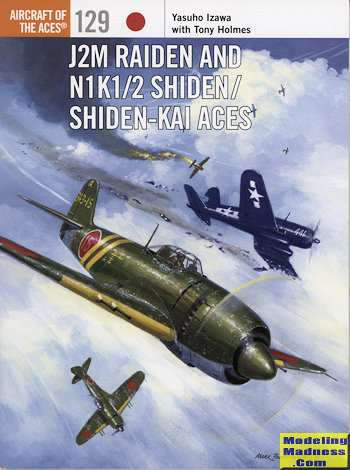 At the end
of WWII, many Japanese companies and individuals destroyed any records and
mementos they had in fear of reprisals from the Allies. It is a shame that this
occured as a great deal of information was lost forever. This has made it
particularly difficult for researchers who later tried to piece together events
and details after the war. It is one of the reasons why we tend to see the same
images over and over again in various books.
At the end
of WWII, many Japanese companies and individuals destroyed any records and
mementos they had in fear of reprisals from the Allies. It is a shame that this
occured as a great deal of information was lost forever. This has made it
particularly difficult for researchers who later tried to piece together events
and details after the war. It is one of the reasons why we tend to see the same
images over and over again in various books.
However, there are at times those who participated who
still have some images and are willing to talk to researchers about their
experiences. With most WWII veterans now gone due to old age and other events,
finding new material is increasingly difficult. However, after 70 years we are
probably as well versed on some subjects as we will ever be. Much research went
into the development of this book, and that included talking to survivors.
Prior to the start of the Pacific War, Japanese military
aviation design concentrated on developing the best dog-fighters around. The
result was the A6M for the Navy and Ki-43 for the Army. These were world beating
aircraft in 1941, but they had flaws. They were poorly armed, poorly armored (if
at all), were not particularly fast, and were unable to operate at altitudes
much about 15,000 feet.
Belatedly, it was realized that what was needed was an
interceptor. A plane capable of getting off the ground and getting to enemy
bombers. The Navy first developed the J2M Raiden to meet this need. It was fast,
well armed, and difficult to fly, thanks to its short wings and high
wing loading. It also had some difficulty reaching altitude, though unlike
earlier planes, could do it. This land based plane was built in relatively small
numbers and once it was superceded by the N1K2 Shiden and Shiden-kai, production
ceased.
The N1K2 was the Navy's best fighter of WWII. It was
fast, maneuvered well, was heavily armed and provided pilot protection. It was
also plagued by a troublesome engine and the initial types had landing gear that
could collapse when taxying over rough ground. Indeed, even on later plates,
maneuvering might cause the landing gear to extend. This was not good.
Production was also hampered by US bombing.
This book covers the men who flew these types during
WWII. It is perhaps telling that only one pilot ever made ace flying the J2M and
the same was true of the N1K2 Shiden, though many were successful with the
N1K2-J Shiden-kai. In fact, the 343rd Wing was manned by the best of the best
and was quite successful with the type when compared to other units. The author
covers first the development of the Raiden and then the units that flew
it, providing a brief operational history of each unit. This format extends to
the Shiden and the Shiden-kai as well. The book is well illustrated with images
of the planes and the pilots, proving a fascinating narrative of their exploits
against American aircraft during this time. The book is further enhanced with
some interesting tables and a very nice selection of full color profiles, a
feature for which Osprey aviation books are well known.
In all, it makes for a superb look at an aspect of the
air war in the Pacific which we rarely see.
March 2016
For more on the complete line of Osprey books,
visit www.ospreypublishing.com.
If you would like your product reviewed fairly and quickly, please
contact
me or see other details in the
Note to
Contributors.
 At the end
of WWII, many Japanese companies and individuals destroyed any records and
mementos they had in fear of reprisals from the Allies. It is a shame that this
occured as a great deal of information was lost forever. This has made it
particularly difficult for researchers who later tried to piece together events
and details after the war. It is one of the reasons why we tend to see the same
images over and over again in various books.
At the end
of WWII, many Japanese companies and individuals destroyed any records and
mementos they had in fear of reprisals from the Allies. It is a shame that this
occured as a great deal of information was lost forever. This has made it
particularly difficult for researchers who later tried to piece together events
and details after the war. It is one of the reasons why we tend to see the same
images over and over again in various books.